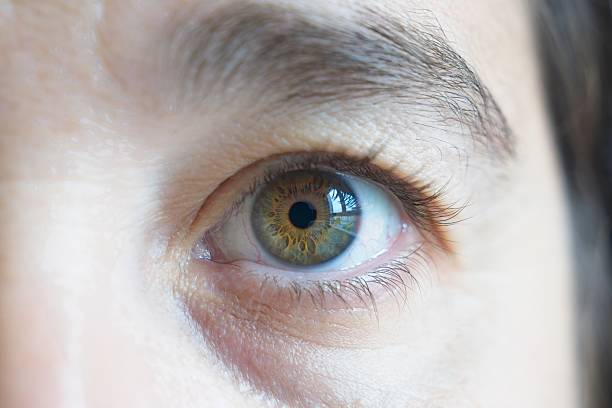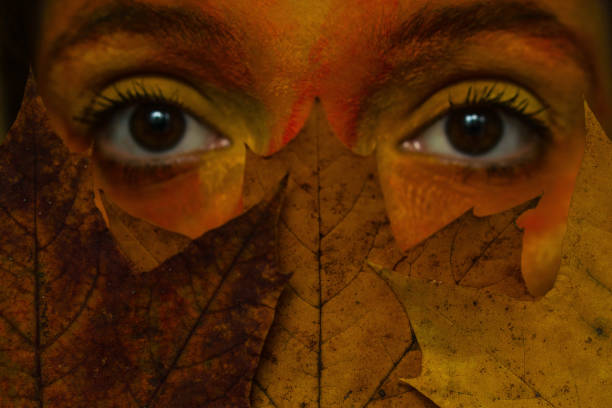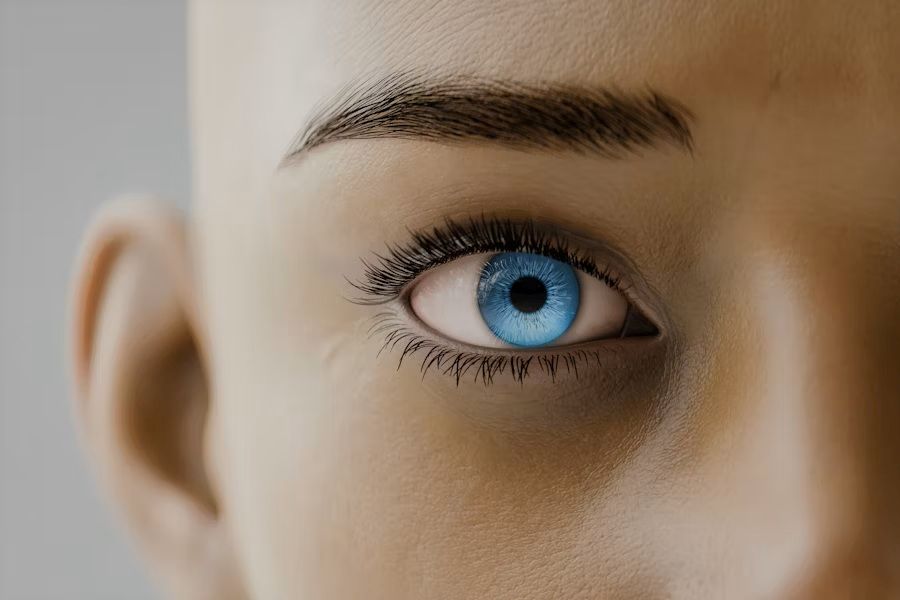Vogna din er tom
How Many Eyes Can You Include in One Iris Digital Art Piece?

Creating digital art featuring multiple irises can be both challenging and rewarding. Whether you're a beginner or an experienced artist, understanding how to balance multiple eyes in a single composition requires careful consideration of various artistic elements. Let's explore the creative possibilities and technical aspects of incorporating multiple eyes in your iris digital artwork.
Understanding the Basics of Iris Digital Art
Digital iris art begins with understanding the fundamental structure of the human eye. The iris itself is a complex structure with intricate patterns, colors, and textures. When creating multiple eyes in one piece, it's essential to maintain anatomical accuracy while allowing for artistic interpretation.
The key elements to consider include the pupil size, iris texture patterns, and the subtle color variations that make each eye unique. A single piece can effectively showcase anywhere from one to dozens of eyes, depending on your artistic vision and composition goals.
Composition Rules for Multiple Eyes
The number of eyes you can include depends largely on your composition strategy. The rule of thirds and golden ratio principles still apply, even when working with multiple eye elements. Consider these approaches:
-
Symmetrical arrangements work well with even numbers (2-8 eyes)
-
Spiral patterns can accommodate more eyes (8-20) while maintaining visual flow
-
Abstract compositions can feature unlimited eyes if properly balanced
Your composition should guide the viewer's gaze naturally through the piece, creating a harmonious visual journey.
Selecting the Right Art Style
Your chosen art style significantly impacts how many eyes you can effectively include. Different approaches include:
-
Realistic: Best suited for 1-3 detailed eyes
-
Semi-realistic: Can handle 4-8 eyes while maintaining detail
-
Abstract: Unlimited eyes possible
-
Surrealist: 5-15 eyes work well for creating dreamlike scenes
The more stylized your approach, the more eyes you can include without overwhelming the viewer.
Creating Depth and Dimension
Adding depth to your multi-eye composition requires careful consideration of:
-
Scale variations between eyes
-
Overlapping elements
-
Shadow and highlight placement
-
Perspective shifts
Each layer of depth can support 3-5 additional eyes while maintaining visual clarity. Consider using atmospheric perspective for pieces featuring more than 10 eyes.
Balancing Elements in Your Design
Balance is crucial when working with multiple eyes. Consider these factors:
-
Negative space requirements
-
Weight distribution across the canvas
-
Color intensity variations
-
Size relationships between elements
A well-balanced piece can typically support 5-12 prominent eyes while maintaining visual harmony.
Color Theory for Eye Artwork
Color plays a vital role in multi-eye compositions. Consider these approaches:
-
Monochromatic schemes work well for 3-7 eyes
-
Complementary colors can support 4-8 eyes
-
Analogous color schemes work effectively for 6-15 eyes
-
Split-complementary patterns can handle 8-20 eyes
Remember that each eye can feature unique color variations while maintaining overall harmony.
Adding Details and Texture
Detail management becomes crucial as you add more eyes:
-
Primary eyes (1-3) can feature maximum detail
-
Secondary eyes (4-7) should have moderate detail
-
Background eyes (8+) can be more simplified
-
Texture patterns should unify the composition
The level of detail should decrease as the number of eyes increases to prevent visual overwhelm.
Common Mistakes to Avoid
When creating multi-eye digital art, avoid these common pitfalls:
-
Overcrowding the composition
-
Using inconsistent lighting across eyes
-
Neglecting proper depth cues
-
Adding too many competing focal points
-
Maintaining uniform detail levels across all eyes
Final Thoughts
The number of eyes you can include in your iris digital art ultimately depends on your artistic vision, technical skill, and composition strategy. While there's no strict limit, most successful pieces typically feature between 3 and 15 prominent eyes, with additional background elements possible depending on the style and execution.
Remember that the goal is to create a cohesive, visually engaging piece that guides the viewer's eye through the composition while maintaining artistic integrity and visual interest. Start with fewer eyes and gradually experiment with more complex compositions as you develop your style and technique.
Legg igjen en kommentar
Kommentarer vil bli godkjent før du dukker opp.




